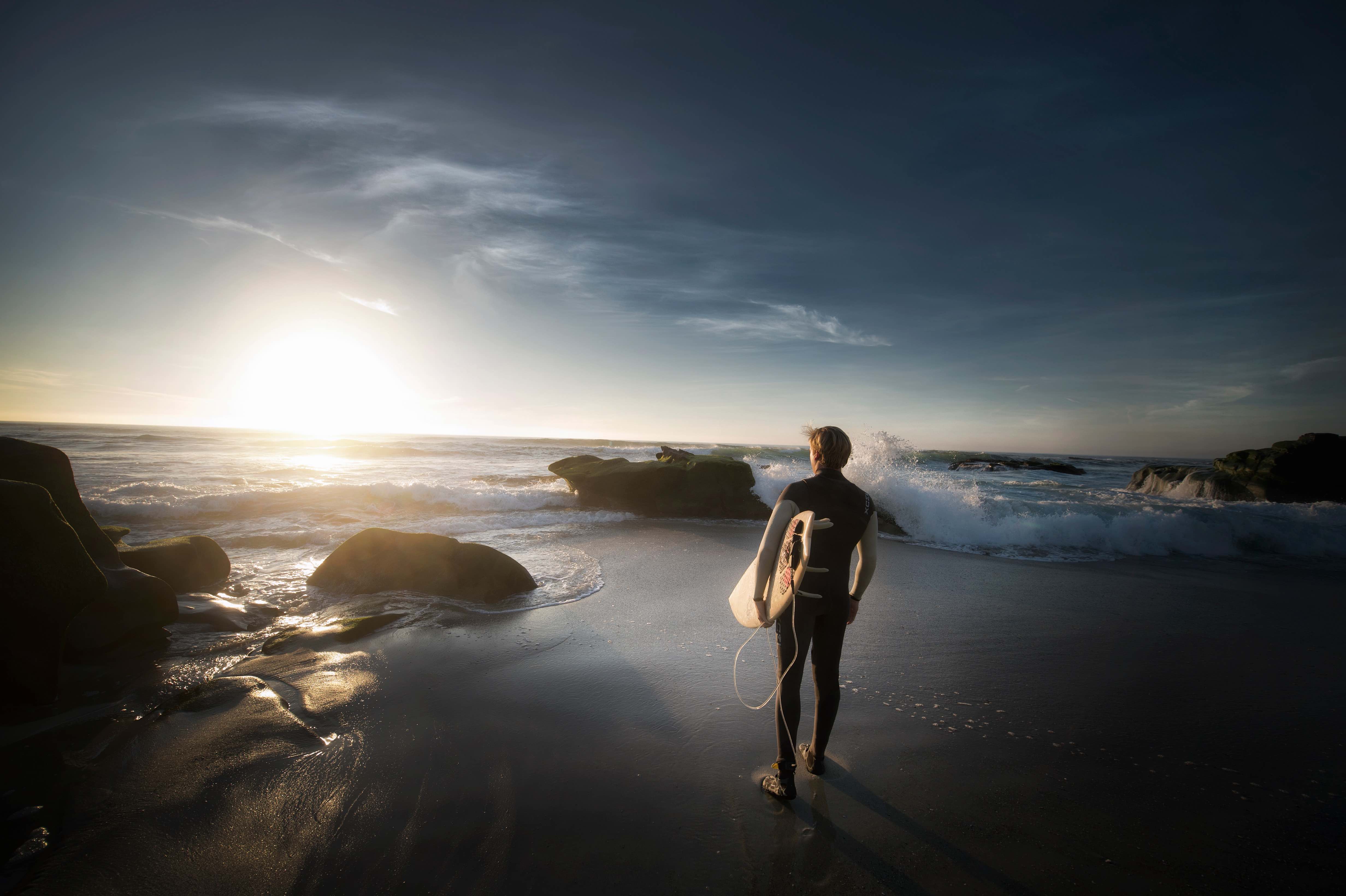
A Day in the Marin Headlands: Exploring Nature's Time Machine and Protecting Marine Life
The Marin Headlands, located just north of the iconic Golden Gate Bridge, offers more than breathtaking coastal scenery. It serves as a gateway to geological time, where visitors can witness the transformation of landscapes over thousands of years. Only 15,000 years ago, the area that now includes Rodeo Beach and its surroundings did not exist. The sea level was a staggering 400 feet lower than it is today, and projections suggest that it may rise significantly by the end of this century. A captivating 24-second animation by Tanya Atwater vividly illustrates the 10,000-year process of the Farallon plate colliding with the North American plate in the Pacific, giving birth to the coastline we see today. As this collision occurred, rocks formed millions of years ago at the bottom of the sea, thousands of miles away from the coast, were brought along. Among them is the black pillow basalt, created from volcanic vents, and the red-brown radiolarian chert, composed of the remains of microscopic protozoans known as radiolarians that drifted to the sea floor. Dr. John Karachewski, an eloquent speaker, sheds light on this geological history, revealing a significant blind spot in our understanding of California's topography. It becomes apparent that the state's landscape has been shaped not only by watersheds but also by the forces of geologic time, with colliding plates folding, morphing, and shifting rocks from places as distant as Yosemite and the Mojave Desert. Dr. Karachewski, also a photographer, has contributed to a remarkable book titled "Geology of the San Francisco Bay Region" by Doris Sloan, which I highly recommend for those seeking to delve further into this geological "time machine" before visiting.
The Marin Headlands, however, is not just a window into the past. It also tells more recent stories of our ecosystem. Nestled on a hill above the southern end of Rodeo Beach, the Marine Mammal Center serves as a hospital for injured and stranded animals. Since its establishment in 1973, the center has rescued countless marine mammals, acquiring valuable knowledge about marine mammal health, ocean health, and their impact on human health. The center's research has shed light on the ocean food chain and a phenomenon called biomagnification. Toxins, like Domoic Acid found in plankton, accumulate in fish when they consume the plankton, and subsequently, these toxins accumulate even more in mammals higher up the food chain. Domoic Acid affects animals by inducing epileptic-like seizures, and humans are similarly susceptible. Therefore, these mammals serve as indicators, warning us of potential health risks. The center has also gained insights into rising sea levels, temperature changes, and altered migration patterns—all consequences of climate change. It serves as a stark reminder of the perils of single-use plastics and ocean trash in general. Witnessing how these pollutants harm the animals arriving at the center has deepened my commitment to embracing sustainable actions as my default choice. By avoiding single-use plastics, we can contribute to the preservation of marine life. To report a stranded or distressed marine mammal, please call the center's hotline at 415-289-SEAL. And remember, keep a safe distance from these wild creatures and refrain from attempting to interact with them, including bobcats that may be encountered in the headlands.
From the Marine Mammal Center, the breathtaking view encompasses not only the geological wonders of pillow basalt formations and colorful radiolarian chert stones along the beach but also provides a glimpse of Hawk Hill and the Golden Gate Raptor Observatory. At this observatory, hundreds of dedicated volunteers invest a minimum of 70 hours each year to count raptors passing through the migration corridor. The observatory also engages in extensive radio and satellite tagging of these birds to gain insights into their behavior and destinations. Through this work, researchers have uncovered vital information about declining raptor populations and their migratory routes.
Located just below the Marine Mammal Center, the Marin Headlands Nursery, a part of the Golden Gate Parks Conservancy, propagates and nurtures native plants from the watershed. These plants are crucial for ongoing restoration projects aimed at reducing the impact of non-native species introduced by early settlers and their cattle. The nursery plays a vital role in maintaining the rich diversity of the area.
In addition to these remarkable sites, the Headlands Center for the Arts and the Marin Headlands Visitor Center offer galleries and rotating exhibits. The headlands, a hotspot of biological diversity, is also steeped in history, from the Miwok Indians to its military significance. Exploring the Nike Missile site and Batteries provides a unique perspective on the Bay Area's military past.
Each of these sites weaves a tale of this enchanting headland just north of San Francisco. Whether you enjoy hiking, surfing, beachcombing, or wish to contribute to the restoration of this beautiful land through volunteering, the Marin Headlands offers something for everyone in the family.